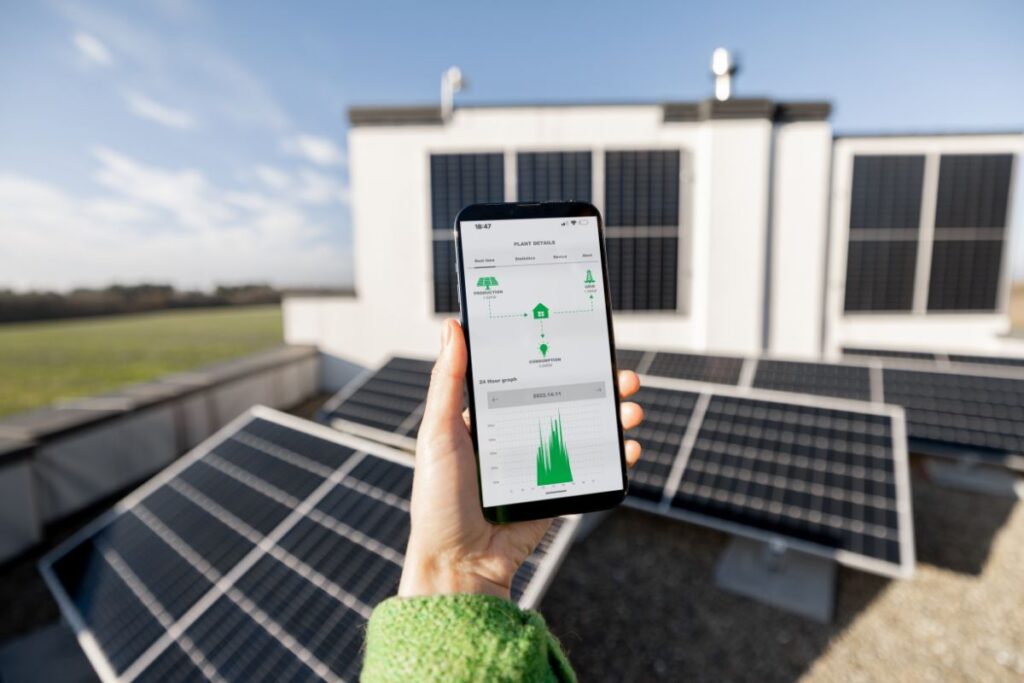In 2025, digital transformation is no longer just about speed, scalability, or innovation—it’s about sustainability. As climate concerns grow and the tech industry’s carbon footprint becomes more scrutinized, the call for sustainable IT practices has reached a critical inflection point. Enterprises across the globe are rethinking how they code, deploy, and maintain their digital infrastructure to minimize environmental impact and contribute to a greener planet.
This article explores the concept of sustainable IT practices, the trends driving its adoption, key strategies for implementation, and how businesses are leveraging it to drive both ecological and economic value.
What Are Sustainable IT Practices?
Sustainable IT practices refer to the design, development, usage, and disposal of IT resources in a way that minimizes negative environmental effects. It encompasses everything from energy-efficient hardware to eco-conscious software development methodologies and data center optimization.
The goal is to balance performance and innovation with responsibility—ensuring that technology advancement does not come at the cost of environmental degradation.
Why Sustainable IT Practices Matter More Than Ever
The digital world is rapidly expanding. With this growth comes an enormous carbon footprint:
- Global data centers alone account for roughly 1–1.5% of global electricity use.
- E-waste is expected to surpass 75 million metric tons by 2030.
- Software bloat increases computational power requirements, leading to greater energy consumption.

Implementing sustainable IT practices helps companies:
- Lower operational costs
- Meet ESG (Environmental, Social, Governance) criteria
- Improve brand image
- Comply with emerging environmental regulations
Key Pillars of Sustainable IT
1. Green Software Development
Writing efficient code is an essential component of sustainable IT practices. Software that requires less processing power consumes less energy.
Techniques include:
- Optimizing algorithms
- Reducing data redundancy
- Avoiding unnecessary background processes
- Leveraging lightweight frameworks
2. Cloud Sustainability
Cloud computing enables resource sharing, but data centers can be energy hogs. Leading cloud providers are now offering green options.
Strategies include:
- Choosing cloud services powered by renewable energy
- Auto-scaling to avoid over-provisioning
- Storing data in energy-efficient regions
3. Energy-Efficient Hardware
Sustainable IT means investing in equipment that uses less power and lasts longer.
Examples include:
- Solid-state drives (SSDs) instead of hard drives
- ARM-based processors for lower energy consumption
- Power-efficient displays and peripherals
4. Sustainable Data Centers
Data centers are notorious for their energy usage. Embracing green architecture can make a major difference.
Solutions include:
- Liquid cooling systems
- AI-powered energy management
- Renewable energy integration
- Modular construction for flexibility and efficiency
5. Circular IT Economy
The circular economy focuses on reuse, repair, and recycling of IT equipment.
Actionable steps:
- Refurbishing old computers
- Partnering with e-waste recycling services
- Donating used devices
The Business Case for Sustainable IT Practices
1. Reduced Costs: Energy-efficient IT systems reduce electricity bills and hardware replacement costs.
2. ESG Compliance: Meeting environmental standards helps attract investors focused on sustainability.

3. Improved Reputation: Green credentials enhance brand value and public trust.
4. Talent Attraction: Many professionals—especially millennials and Gen Z—prefer employers committed to sustainability.
5. Long-Term Resilience: Sustainable systems are often more adaptable, future-proof, and compliant with upcoming regulations.
Real-World Examples of Sustainable IT
- Microsoft: The company has pledged to be carbon negative by 2030, with its data centers already running on 100% renewable energy in many regions.
- Google: Operates the world’s cleanest cloud, using AI to cut data center cooling costs by 40%.
- SAP: Its Green Cloud initiative helps customers understand and reduce their carbon footprint.
- Dell: Introduced closed-loop recycling for its devices and uses ocean-bound plastics in packaging.
These pioneers demonstrate that sustainable IT practices are not only feasible but profitable.
Trends Driving Sustainable IT in 2025
1. AI-Powered Optimization
Artificial Intelligence is helping companies automate sustainability strategies. AI can predict server load, manage energy consumption, and suggest efficiency improvements.
2. Green Coding Certifications
More institutions are offering certifications in sustainable software development, helping developers code responsibly.
3. IoT Energy Monitoring
Businesses use IoT sensors to track power usage in real time, helping adjust workloads dynamically.
4. Green DevOps
Merging sustainability with DevOps encourages rapid but eco-conscious deployment of software.
5. Legislative Push
Governments are introducing stricter data center regulations, carbon taxes, and eco-labeling standards for IT equipment.
Implementing Sustainable IT Practices: A Step-by-Step Guide
Step 1: Conduct an IT Sustainability Audit Identify the energy consumption, e-waste output, and inefficiencies across your digital infrastructure.
Step 2: Set Clear Green Goals Decide on measurable targets like “reduce data center energy use by 30%” or “cut software load time by 50%.”
Step 3: Engage Cross-Functional Teams Sustainable IT isn’t just an IT department issue—it needs collaboration across procurement, HR, operations, and finance.
Step 4: Prioritize High-Impact Areas Start where you can make the biggest difference—like transitioning legacy systems or moving to renewable-powered cloud providers.
Step 5: Measure and Iterate Use analytics tools to monitor progress and tweak strategies based on real-time performance data.

Tools and Resources to Support Sustainable IT
- Green Software Foundation: Offers resources, guidelines, and tools for building sustainable applications.
- Energy Star Certified Products: For selecting energy-efficient hardware.
- Carbon Intensity APIs: Measure the carbon footprint of cloud operations.
- Open Source Tools: Like “Green Metrics Tool” and “CodeCarbon” help track energy consumption during development.
Challenges and How to Overcome Them
Challenge 1: Lack of awareness or expertise. Solution: Offer training programs and certifications on green IT.
Challenge 2: Upfront costs for green hardware. Solution: Leverage subsidies, grants, and long-term ROI calculations.
Challenge 3: Measuring actual impact. Solution: Use data analytics tools and partner with third-party sustainability auditors.
The Future of Sustainable IT
In the near future, sustainable IT won’t be optional—it will be the standard. Expect:
- Mandatory carbon reporting for IT operations
- AI-automated green compliance
- Carbon-aware coding tools
- Expansion of green cloud regions
With the convergence of technology and sustainability, companies that prioritize sustainable IT practices today will become the digital leaders of tomorrow.
Conclusion
The journey to a greener future begins with conscious coding, responsible resource usage, and a culture of sustainability. Sustainable IT practices are more than just an environmental obligation—they’re a strategic advantage.
From green data centers and low-energy software to circular IT strategies and AI optimization, the tools are available. What businesses need now is the will to act.
So think green, code clean, and lead your organization into a sustainable digital future.

